WTF IS GLUTEN-FREE?
Last week, when I was talking to my gym buddy as we pushed forward on the elliptical, she told me that at 28-years-old, she underwent allergy testing for the first time. Her tests revealed that she had a gluten sensitivity. So, as any rational 28-year-old would do, she eliminated gluten from her diet and became “gluten-free.” She said she has felt better ever since.
Of course, the news she shared with me made me wonder, could I be sensitive to gluten too? I never got tested for allergies when I was younger. If I were sensitive to gluten, and I stopped consuming gluten, would all my life’s problems disappear!? But I remembered that my health plan requires me to get a referral in order to see a specialist, so instead, I resorted to the internet, as I typically do for my medical concerns (I know…I need to stop doing that!).
I started looking into which products I should avoid if I want to cut out gluten. The answer turned out to be more complicated than I had envisioned.
Products marked as gluten-free may not be so accurate in their labeling. A new study shows that most “gluten-free” foods are not actually gluten-free. Even more troubling, the amount of gluten consumed by people on supposedly gluten-free diets can easily exceed the amount that would cause issues for someone who actually suffers from a gluten-related disorder.
If you’re trying to eliminate gluten, for whatever reason, medical or otherwise, here are the top five pieces of information you should know about “gluten-free” products:
There are many foods that are naturally gluten-free!
Foods like beans, fresh eggs, fresh meat, poultry or fish (that has not been breaded, batter-coated or marinated), fruits and vegetables, and most dairy products do not contain gluten.
Products labeled “wheat-free” may still contain gluten.
Gluten also may be found in certain unsuspecting products.
Products such as frozen vegetables in sauces, soy sauce, some foods made with “natural flavorings,” vitamin and mineral supplements, some medications, and even toothpaste may contain gluten.
It’s important to watch out for cross-contamination.
This occurs when gluten-free products come in contact with foods that contain gluten. It can happen during the manufacturing process, in a restaurant, or while cooking in your apartment. One major source of cross-contamination occurs when using a common toaster for gluten-free bread and regular bread.
The US Food and Drug Administration has defined gluten-free.
When a manufacturer chooses to put “gluten-free” on food packaging, the item must comply with the FDA definition of the term – this means the product contains less than 20 parts per million (ppm) of gluten. Some research indicates that even individuals that suffer from celiac disease (where the ingestion of gluten leads to damage in the small intestine) tolerate foods with less than 20 ppm of gluten.
Since I wasn’t receiving any indication of a gluten sensitivity, I decided to keep gluten in my diet for now. However, if you are planning a gluten-free diet, it’s always a good idea to talk to a registered dietitian who is familiar with celiac disease. A dietician can help you learn to recognize ingredients on nutrition labels that contain gluten and explain which products to avoid entirely.






